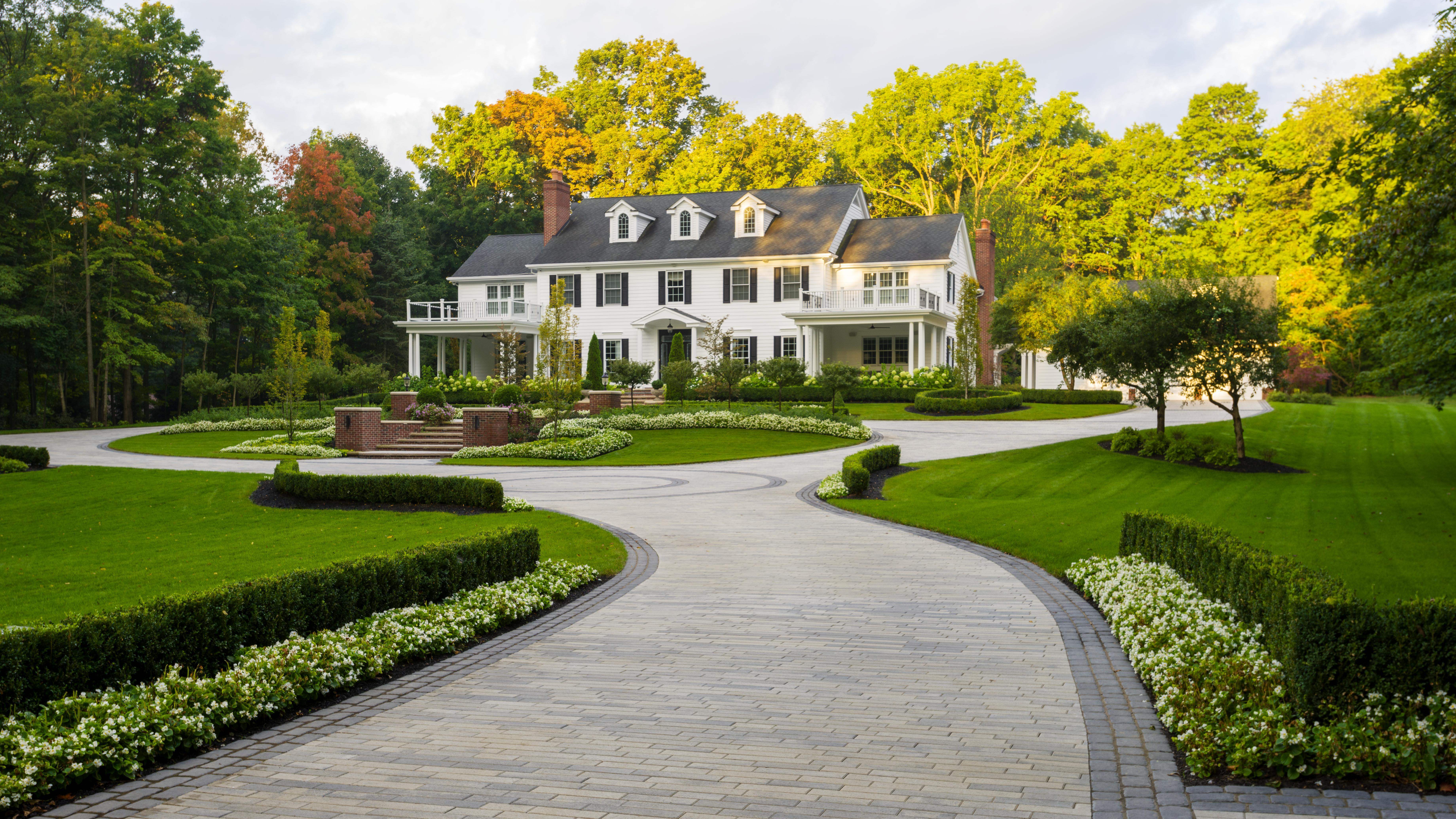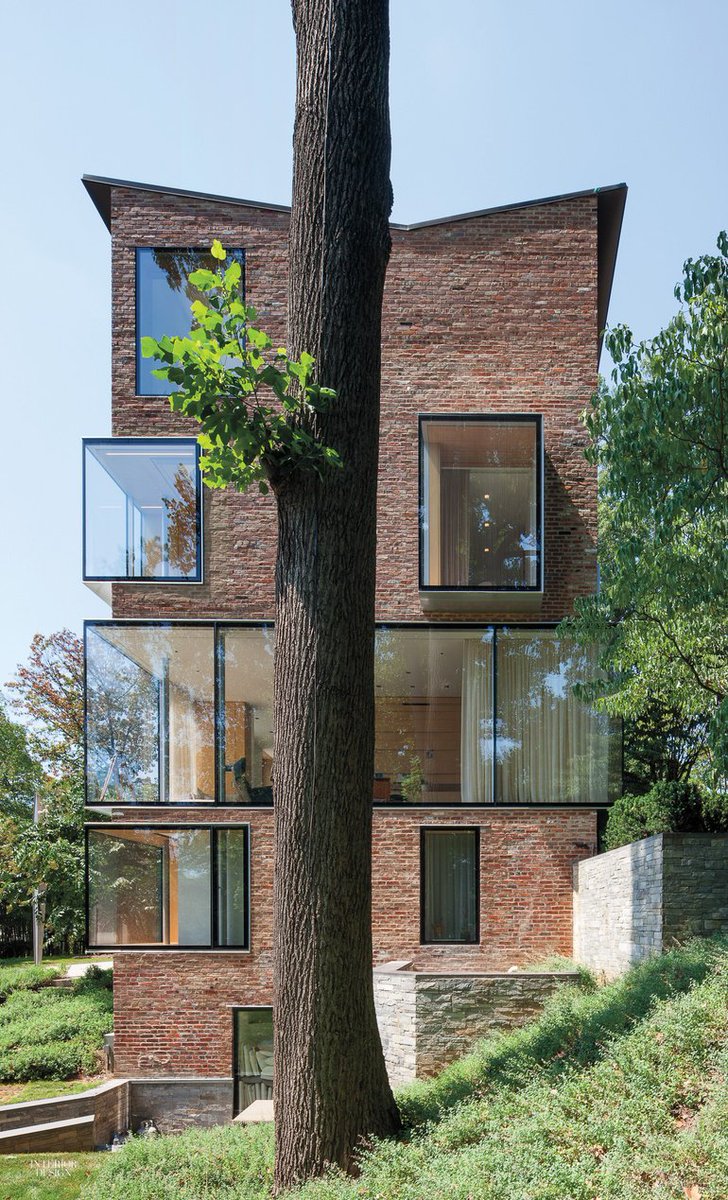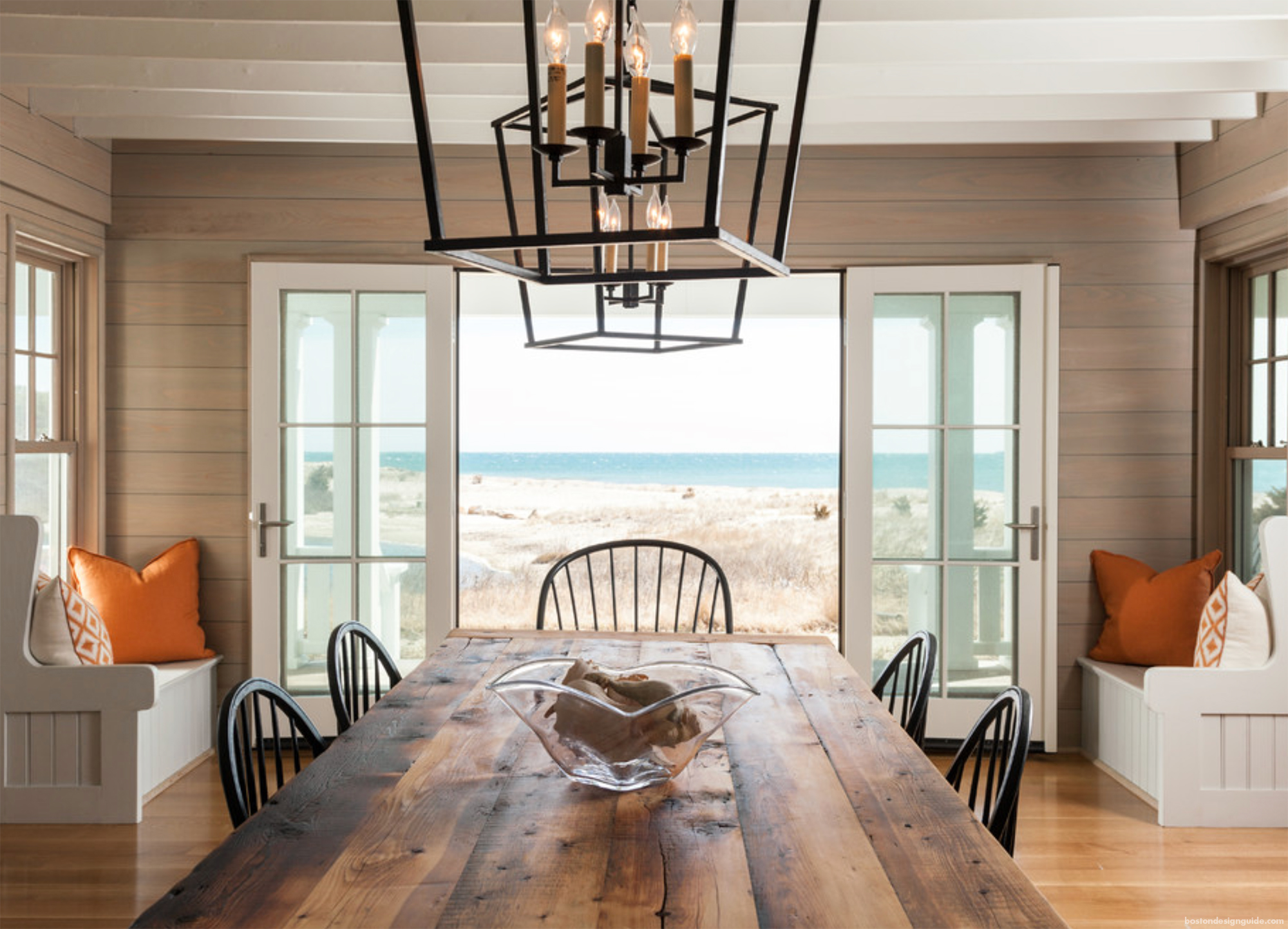Table Of Content

Safety is by far the most important kindergarten classroom design principle. When designing the kindergarten, the classroom should be safe as well as explorable so that children explore freely without risk. The classroom environment is an essential component for maximizing learning experiences for young children. By infusing elements of key design principles, you can create a classroom that intrigues, invites, and stimulates many senses.
Kindergarten Classroom Ideas – Dramatic play areas
Academic zones are something else to think about when designing a kindergarten classroom. These let students know where to get math manipulatives, experiment materials, or journals and vocabulary cards for writing. My teacher area also needs to have space for differentiated materials I need for groups. This eco-kid kindergarten in Vinh, near Hanoi, Vietnam, was created by LAVA partnered with Module K and Viet Decor. The building unfolds with three semi-circular buildings, three stories high, with the scale of the surrounding landscape.
Setting Up a Kindergarten Classroom
Choose child-safe cleaning products and store them safely out of children’s reach. Involving children in simple cleaning routines can teach them hygiene and responsibility, using safe and appropriate tools such as small brooms or trash cans. Consider tables with adjustable heights to accommodate different age groups or activities. Round or kidney-shaped tables can facilitate group work and interaction among children. Technology should be used to supplement traditional teaching methods, not replace them. It should be age-appropriate and used in moderation with close supervision.
Make the most of bulletin boards
Whiteboards or chalkboards can be used for everything from teaching letters and numbers to hosting group activities and drawing sessions. In a kindergarten setting, these rules need to be simple, consistent, and positively framed to promote a safe and respectful environment. Make sure there is a designated area for quiet activities and downtime.
Very Merry Christmas Books for Children
If you really want your students to help keep your classroom organized, add lots of labels! The words on labels also work as environmental print when students are learning how to read and write! Adding real photos to labels helps children make connections to the text. For instance, integrating platforms like SplashLearn can offer engaging, interactive math and reading games that align with curriculum standards. SplashLearn inspires lifelong curiosity with its game-based PreK-5 learning program loved by over 40 million children. With over 4,000 fun games and activities, it’s the perfect balance of learning and play for your little one.
Interactive learning stations, such as science corners or art tables, provide hands-on experiences that are essential to children’s development. When contemplating kindergarten classroom setup ideas, practicality is key. Each child can have their designated basket for storing books, supplies, and personal items. This not only fosters a sense of responsibility but also keeps the classroom clutter-free. Color and decorations can enhance a preschool classroom by setting the mood and atmosphere, stimulating children's senses, and creating an inviting and stimulating learning space. Imagine stepping into a classroom that feels like a breath of fresh air.
By creating an environment that supports exploration, you'll be setting your students up for success in kindergarten and beyond. Music and movement activities not only engage children physically, they also stimulate their imagination and promote cognitive development. Incorporate music and movement into your classroom with kindergarten classroom ideas to create an energizing and inspiring learning environment. In your lookout for kindergarten classroom setup innovation, don’t shy away from funky seating options. Incorporate colorful and unconventional seating arrangements like bean bags, floor cushions, or wobble chairs.
Kindergarten Classroom Ideas – Unique Furniture
Kindergarten classroom ideas and designs are more than aesthetic choices; they are the foundation for young children’s learning and development. A properly designed classroom can significantly enhance a child’s educational experience. It promotes active learning, fosters creativity, and supports the overall development of each child. When looking for kindergarten classroom designs, fostering a love for reading is a top priority. Create an enchanting kindergarten classroom library stocked with a diverse selection of books featuring captivating illustrations and engaging stories. Comfy cushions and gentle lighting naturally transform this space into an inviting reading nook, encouraging independent exploration and nurturing language and literacy skills.
According to Grangaard (1993), alpha brain waves can be altered, and hormones that alter our mood and provide clarity of mind can be released with the effect of colors. When it comes to kindergarten classroom design, it is important to know that different colours define different meaning and mood. Your kindergarten classroom may not be very big, but with creativity, you can create a dynamic learning environment for your students. Children’s learning is motivated by “interest,” and increasing activity interest is one of the most effective strategies to improve the teaching effect and increase children’s learning initiative.

Incorporating natural elements and diverse play opportunities in outdoor spaces encourages exploration, physical activity, and connection to nature. A dedicated space for group lessons is essential in a kindergarten classroom. This area should be spacious enough to accommodate the whole class comfortably for activities like story time, group discussions, or collaborative projects. Involving children in the creation and setup of bulletin board content can be a fun educational activity that fosters creativity and ownership. Kindergarten classroom furniture should be ergonomically designed for young children to ensure comfort and promote good posture. It should be sturdy, safe and appropriate for the size of the age group.
5 Ways Classroom Design Can Improve What We Learn And Who Learns It - Fast Company
5 Ways Classroom Design Can Improve What We Learn And Who Learns It.
Posted: Wed, 07 Jan 2015 08:00:00 GMT [source]
This will provide a welcome respite for children who need a break from the hustle and bustle of the classroom. Enable children to move freely around the classroom by providing wide-open spaces. Incorporate movement activities into the daily routine to help kids stay active and engaged. Pieces like rocking chairs or balance boards can help children learn better when they move, meeting their kinesthetic needs while keeping them focused and engaged. Themed furniture, such as tables shaped like animals or bookshelves that look like trees, add an element of whimsy and wonder to the classroom. These pieces can be used as focal points for storytelling or themed lessons, making learning more engaging.
Integrate multimedia elements such as videos or interactive presentations into your lessons to capture students’ attention and spark their imagination. Dramatic play allows children to explore different points of view, develop social skills, and solve problems. It also encourages them to think creatively and use their imaginations to create narratives and characters. Observe your students during dramatic play and provide them with opportunities to reflect on their experiences. Encourage them to share their stories and ideas and develop a sense of creativity, collaboration and self-expression. In addition to the physical setup, consider the atmosphere of the classroom.
However, it could be challenging to design the ideal learning platform for children as there are many things to be prepared and the design work cannot be done without consulting the professionals. In this article, you will learn the 7 inspiring tips on how to design a kindergarten classroom in order to provide a better place for children to start their student life. A local furniture company commissioned this kindergarten for their employees’ children. The structure is one-story with a large roof overhang supported by a row of slanted joint columns. Space allocation within the kindergarten was influenced by available sunlight, with well-lit spaces for studying and darker spaces for nap time. In addition to the school, there is a large playground with a sandpit.
Creating an optimal learning and play environment in childcare centers requires meticulous attention to organization and space management. Then the need to prioritize what need to be there on walls and what can be do away with. Thoth sometimes it only dictated by availability of space inside kindergarten.
For instance, colorful mats can outline clear pathways, and furniture with rounded edges can have playful designs. This way, safety doesn't compromise the fun and learning in your preschool classroom. Kindergarten classroom ideas can connect children to the natural world by planning regular outdoor activities and field trips. Create an outdoor play area that allow your students to explore nature, observe plants and animals, and engage in hands-on learning experiences.















